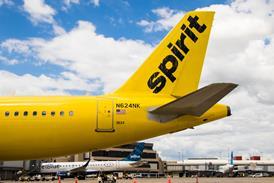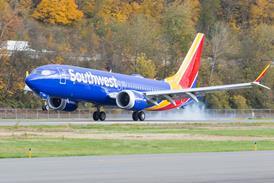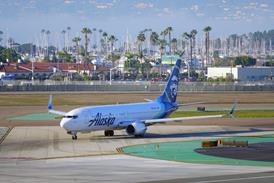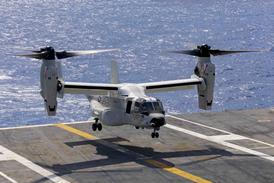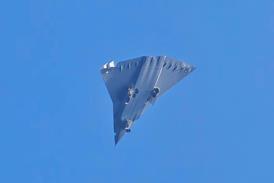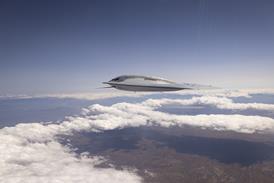US aerospace firm Boom Supersonic is expecting to reach design freeze on the Overture supersonic passenger aircraft in about a week, as flight-testing of its experimental XB-1 jet concludes.
The XB-1 departed on its 13th and final flight on 10 February, carrying out its second set of tests at supersonic speed during a 41min sortie.
It had been aiming for a target speed of Mach 1.14.
“We have collected so much data about how a supersonic airplane of our own design performs in the air,” said chief flight-test engineer Nick Sheryka, speaking as the aircraft landed for the last time at Mojave Air & Space Port.
“This was a battle very well fought to accomplish 13 safe test flights, two of them being supersonic, six times breaking the sound barrier.”
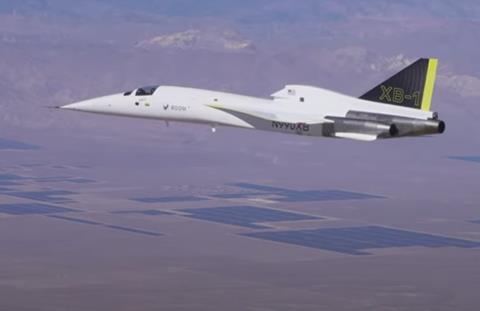
Boom chief executive Blake Scholl says the final flight of XB-1 is “bittersweet” but adds: “It means we get to go all-in…on what we started the company to do, which is to build the Overture airliner.”
He says the company is about a week away from calling design freeze on Overture, and expects to reach design freeze on the Symphony engines for the aircraft in March.
Scholl says the company is aiming to achieve thrust on the Symphony around the end of this year, commence manufacture of the first Overture in 18 months, and roll the aircraft off the line in three years – with first flight in “less than four”. Boom’s target is for Overture to be “ready for passengers” by the end of 2029, he adds.
Initial acoustic data from the XB-1 is encouraging the developer to believe that Overture could be permitted to operate supersonically in the USA.
Owing to the disturbance caused by a sonic boom, US FAA regulations prohibit civil aircraft operating over land above M1. Boom had originally intended Overture to fly at M0.94 to remain within limits, accelerating to M1.7 only over water.
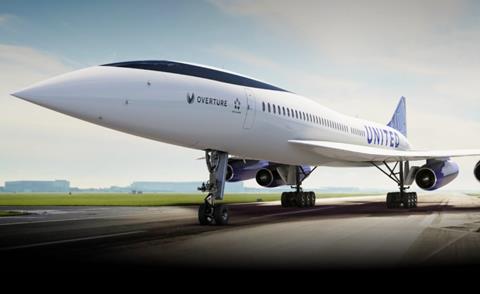
But the XB-1’s first supersonic test flight – conducted on 28 January – demonstrated an effect known as Mach cut-off whereby a sonic boom, under certain conditions, does not reach the ground.
The speed of sound at high altitude, in cold air, is slower than the figure in low-altitude warm air.
Once an aircraft exceeds M1 a sonic boom shockwave travels towards the ground.
But if the aircraft is flying above a certain altitude, at a speed in the low-Mach range, the shockwave will pass through an atmospheric temperature gradient which causes the wavefront to refract, deflecting it before it reaches the surface of the earth.
“That is a big deal,” says Scholl. “Because that’s what’s going to allow us to legalise supersonic flight over land in the US and the rest of the world – and then speed up not just transoceanic flights but flights across the country as well.”
Boom says microphone arrays placed beneath the flightpath of XB-1 on its previous flight, when it achieved M1.12, confirmed that the sonic boom wavefront did not reach the ground.
The company believes Overture will be able to cruise a M1.3 without an audible sonic boom, some 50% faster than subsonic airliners, potentially cutting US coast-to-coast flight times by 90min.
Boom expects to use the XB-1’s latest flight data to help validate these expectations. While it successfully demonstrated the “repeatability” of its supersonic capability, the flight was beset by telemetry issues as it attempted to set up and capture a Schlieren shockwave image.

